 Today, Emily Hainsworth is stopping by for a Q&A feature for the “How I Write” Colorado Book Month Edition! Many thanks to Emily for answering my questions!
Today, Emily Hainsworth is stopping by for a Q&A feature for the “How I Write” Colorado Book Month Edition! Many thanks to Emily for answering my questions!
About the author:
Emily Hainsworth was raised in upstate New York and currently resides in Denver with her husband and daughter. She is the author of Through To You and Never Is a Promise (forthcoming 2014). You can visit her online at www.emilyhainsworth.com.
Author Links: Website | Twitter | Facebook | Pinterest | Goodreads
Do you write daily or sporadically when you’re inspired?
I have heard some writers say things like, “Writers write, you’re not truly a writer if you don’t write every day.” For me, this simply isn’t true. Life is busy, and I strongly believe more than half the work involved in “writing” is thinking things through. Inspiration doesn’t usually just shoot out the tips of your fingers. Some of the best ideas I’ve had came while I was doing dishes, exercising, washing a dog, or just daydreaming. If you sit down in front of a blank page with no idea what you need to do with it, you may not get very far. I write when I have an idea, whenever that may be. Although writing tends to become a daily task once a book gets started.
What time of day do you find you write best? Or you enjoy more?
Personally, I would always prefer to write in the morning. I’m fresher, I think more clearly, and I’m more productive before noon. But I don’t always get a whole morning to myself since I have a young daughter, so I most often write in the evenings or late at night (these are the hours when Through To You was written). I enjoy this time because the house is still and peaceful and there aren’t many interruptions, but unfortunately the later I stay up, the less sense I tend to make, which can lead to extra revision the next day!
What kind of mood are you typically in when you write (happy, sad, etc.)?
I have a difficult time writing when I’m very unhappy, although at times it has become a much-needed escape. If I know where I’m going with a scene or story, I’m generally pretty enthusiastic. This can feel weird if the particular scene I’m writing is very traumatic or sad for the characters, but I’m not the type of writer who cries when emotional things happen in my books. Actually, I get pretty excited if I think I can pull off a big emotional scene.
What tool(s) do you use to write? Microsoft Word, Pages, Scrivener, typewriter, pen and paper, and/or napkins/toilet paper?
I don’t think I’ve ever had this question before! When I’m working on an actual manuscript, I use Microsoft Word, only because it’s familiar and pretty universal if you’re passing documents between several other readers. It has its issues, though. I also have Scrivener, but the only thing I use it for is outlining or as a place to collect notes about a work in progress. It is actually pretty ideal for that, but I’ve never felt comfortable actually writing a final manuscript in it. I don’t trust “export” I guess! I also have an array of sticky notepads in different sizes and colors, and I have been known to scribble spontaneous thoughts, song lyrics, plot elements, or grocery lists on them, so I always check carefully before throwing them away. This has been known to happen on the back of junk mail sometimes, too, though I try to rely more on the “Notes” app on my iPhone these days.
How do you overcome writer’s block?
My fail-safe remedy for writer’s block is exercise. Something that gets my heartbeat up and allows me to focus my thoughts on the problem I’m trying to work through. It works 9 times out of 10, though since I prefer to in-line skate outside, it becomes a challenge in the winter. I was struggling recently with the plot of my next book, but it’s been so cold I couldn’t go out, so I just moped around worrying until even my husband declared it needed to warm up so I could go get some new ideas.
What’s the best piece of advice you’ve received for writing?
“Put your butt in the chair.” (from Stephen White, another Colorado Author!) Which essentially means sit down and WRITE. Do it over and over until you’ve actually finished what you started.
What types of writing events have you participated in (NaNoWriMo, conferences, workshops, etc.)? Which was your favorite?
I have been to a few writer’s conferences (SCBWI for children’s writers being the biggest) and found them to be a lot of fun and quite useful depending on the programming. Although more than conferences or workshops, I found Verla Kay’s Children’s Writers Message Board to be the most useful tool when it came to getting published (http://www.verlakay.com/boards/index.php). In April, I will be on an author panel at the Colorado Teen Literature Conference here in Denver (http://coteenlitconf.org/home), which I’m super excited about. I attended this conference a year ago, before my first book released, and while it’s only a one-day event, it was packed full of amazing authors and enthusiastic teens, teachers, and librarians. I had such a great time listening in on the sessions, I can’t wait to be there this year in an official capacity!

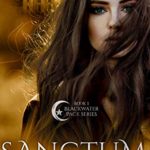

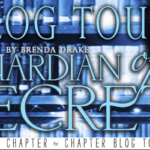



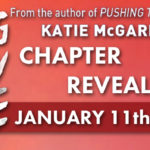
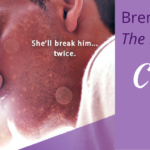
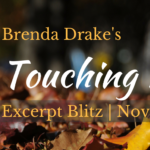
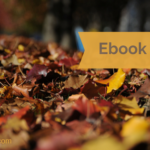
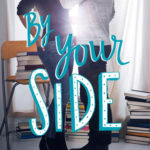



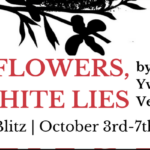

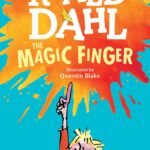
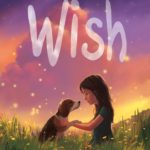
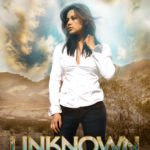

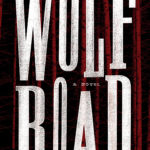


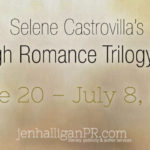
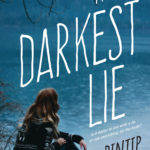


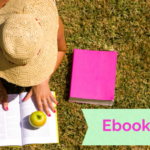

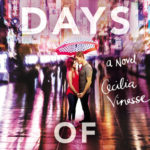
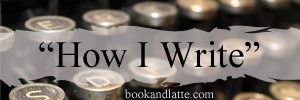













Huh, interesting…well, I tried to write a comment, if this is a duplicate, I apologize! I just said I enjoyed the interview (lol)…thanks much for sharing!
JC Andrijeski recently posted..Caffeinated Fiction #27: The Gate-Shifter Series (Book 2): Chapter 1 “Waking Up, Visitors and High-Octane Coffee”
Great interview. I’ve actually always wondered what program writers used to write their manuscripts. Good to know that it’s just the average Microsoft haha